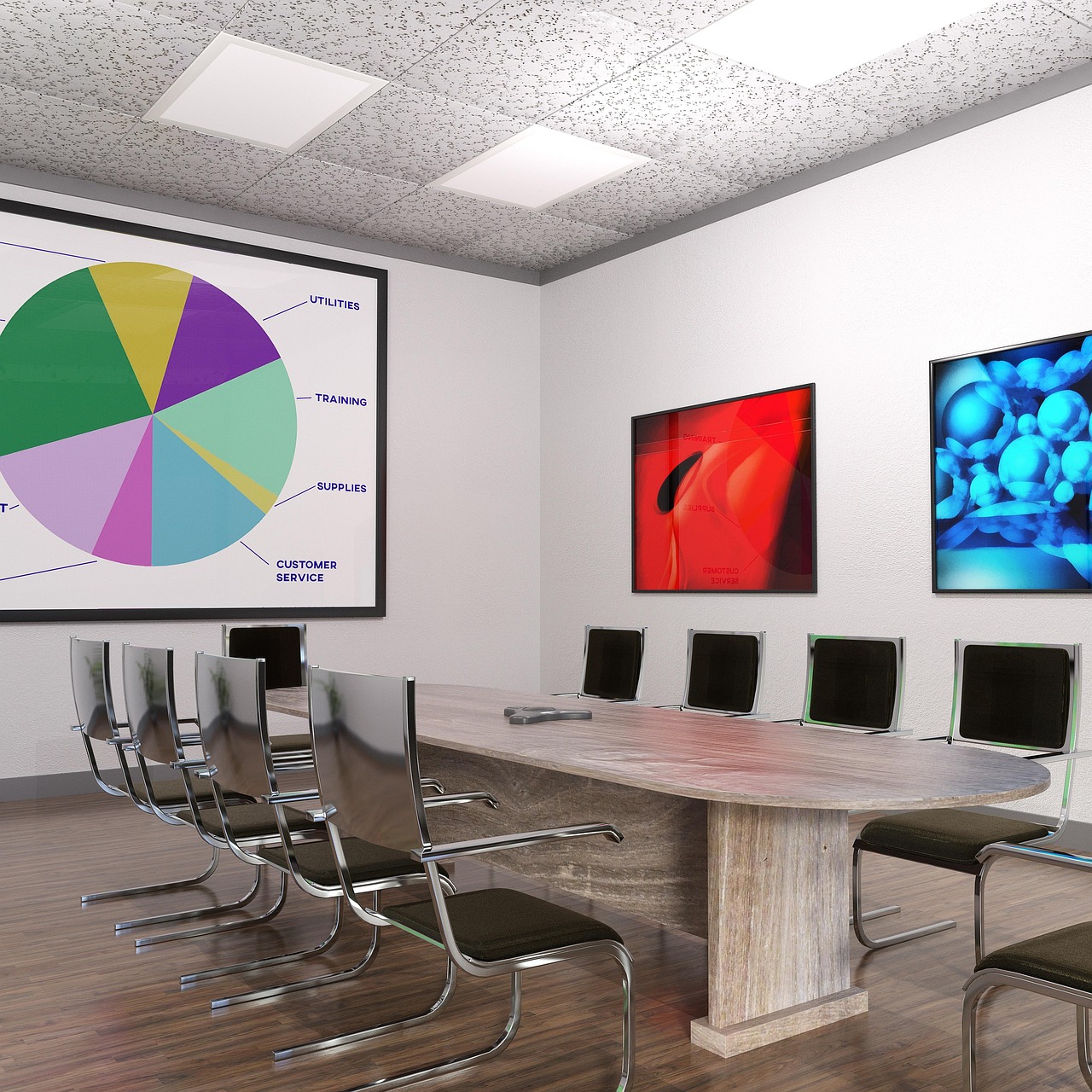Navigating the modern workplace requires more than just technical skills; it demands a strong understanding of workplace etiquette. These unwritten rules govern how we interact, communicate, and conduct ourselves, ultimately influencing our career trajectory and the overall harmony of the work environment. Mastering these skills can enhance collaboration, build stronger relationships, and contribute to a more productive and positive atmosphere.
Effective Communication
Verbal Communication
- Active Listening: Pay attention, maintain eye contact, and avoid interrupting. Show genuine interest in what your colleagues are saying. For example, instead of waiting for your turn to speak, summarize their points to show you understand.
- Clarity and Conciseness: Get to the point. Avoid jargon or overly complex language, especially when communicating with those outside your immediate team.
- Respectful Tone: Maintain a polite and professional tone, even when disagreeing or delivering criticism. Use “I” statements to express your opinions without sounding accusatory. For instance, instead of saying “You’re wrong,” try “I see it differently based on my understanding of…”.
- Example: During a project meeting, actively listen to each team member’s ideas before offering your own. Ask clarifying questions to ensure you understand their perspectives fully.
Written Communication
- Email Etiquette: Use a clear subject line, professional salutation, and proofread your message before sending. Avoid using all caps (it’s perceived as shouting) or excessive emojis.
- Instant Messaging: Keep informal communication professional and concise. Avoid lengthy personal conversations during work hours unless appropriate.
- Social Media: Be mindful of what you post online, as it can reflect on your employer. Avoid sharing confidential information or making disparaging remarks about your company or colleagues.
- Example: When sending an email to a client, always use a formal greeting (e.g., “Dear Mr./Ms. [Last Name]”) and a professional closing (e.g., “Sincerely,” or “Best regards,”). Double-check for typos and grammatical errors before hitting send.
Non-Verbal Communication
- Body Language: Maintain good posture, make eye contact, and be aware of your facial expressions. Avoid crossing your arms or slouching, which can signal disinterest or defensiveness.
- Personal Space: Respect personal boundaries. Avoid standing too close or invading someone’s personal space.
- Cultural Sensitivity: Be aware that non-verbal cues can vary across cultures. Research and adapt your communication style accordingly when interacting with colleagues from diverse backgrounds.
- Example: During a presentation, maintain eye contact with different members of the audience to keep them engaged and show confidence.
Respect and Consideration
Respecting Boundaries
- Personal Space: Be mindful of colleagues’ personal space and avoid touching their belongings without permission.
- Work-Life Balance: Respect colleagues’ time off and avoid contacting them outside of work hours unless it’s an emergency.
- Confidentiality: Maintain confidentiality and avoid gossiping about colleagues or sharing sensitive information without authorization. According to a 2023 study by the Society for Human Resource Management (SHRM), 70% of employees feel negatively impacted by workplace gossip.
- Example: If a colleague has explicitly stated they prefer not to be contacted after 6 PM, respect their boundary and avoid sending work-related emails or messages during those hours, unless it’s truly urgent.
Showing Appreciation
- Express Gratitude: Acknowledge and appreciate colleagues’ contributions and efforts. Say “thank you” for their help and support.
- Offer Help: Be willing to lend a hand when colleagues are overwhelmed or need assistance.
- Positive Feedback: Provide constructive feedback and praise colleagues for their achievements. Recognition can significantly boost morale and productivity.
- Example: Publicly acknowledge a colleague’s hard work and dedication during a team meeting or send a thank-you note expressing your appreciation for their contribution to a successful project.
Inclusivity and Diversity
- Respect Differences: Value and respect the diverse backgrounds, perspectives, and experiences of your colleagues.
- Avoid Stereotypes: Refrain from making assumptions or generalizations about colleagues based on their race, gender, religion, or other personal characteristics.
- Inclusive Language: Use inclusive language that avoids bias and stereotypes. Be mindful of the language you use when referring to different groups of people.
- Example: Ensure that team meetings and events are accessible to everyone, including those with disabilities. Be mindful of dietary restrictions and cultural preferences when planning social gatherings.
Professional Conduct
Punctuality and Time Management
- Be On Time: Arrive on time for meetings and appointments. If you are running late, notify the other party as soon as possible.
- Manage Your Time Effectively: Prioritize tasks, meet deadlines, and avoid procrastinating. Effective time management contributes to a more efficient and productive workplace.
- Respect Meeting Schedules: Stick to the agenda and avoid monopolizing the discussion. Be mindful of the time and allow others to participate.
- Example: Set reminders for deadlines and appointments to stay organized and avoid being late. Use time management techniques like the Pomodoro Technique to improve focus and productivity.
Workplace Appearance
- Dress Code: Adhere to the company’s dress code. If there isn’t a formal dress code, dress professionally and appropriately for the workplace.
- Personal Hygiene: Maintain good personal hygiene and grooming.
- Cleanliness: Keep your workspace clean and organized.
- Example: If the company dress code is “business casual,” opt for professional attire such as dress pants or a skirt with a blouse or sweater. Ensure your clothing is clean and well-maintained.
Managing Conflict
- Address Issues Directly: Don’t avoid conflict. Address issues directly and respectfully with the parties involved.
- Stay Calm and Objective: Remain calm and objective when discussing disagreements. Avoid raising your voice or making personal attacks.
- Focus on Solutions: Focus on finding solutions and reaching a compromise. Be willing to listen to different perspectives and find common ground.
- Example: If you have a disagreement with a colleague, schedule a private meeting to discuss the issue. Listen to their perspective, express your own concerns calmly, and work together to find a mutually acceptable solution. If a resolution cannot be reached, consider involving a neutral third party like HR.
Digital Etiquette
Email and Internet Usage
- Professional Tone: Maintain a professional tone in all email communications. Avoid using slang or informal language.
- Privacy: Be mindful of privacy and avoid sharing confidential information via email or unsecured networks.
- Responsible Internet Use: Use the internet responsibly and avoid accessing inappropriate or offensive content on company devices.
- Example: When responding to an email, include the original message to provide context. Use a clear and concise subject line and proofread your message before sending.
Social Media and Online Presence
- Represent the Company Well: Be mindful of your online presence and avoid posting anything that could reflect poorly on your company.
- Avoid Sensitive Information: Avoid sharing sensitive or confidential information about the company on social media.
- Respect Colleagues’ Privacy: Respect colleagues’ privacy and avoid posting photos or information about them without their consent.
- Example: Before posting anything on social media that could be perceived as work-related, double-check your company’s social media policy. Avoid posting anything that could be considered offensive or discriminatory.
Virtual Meetings
- Mute When Not Speaking: Mute your microphone when you are not speaking to minimize background noise.
- Use Video: Turn on your video camera when appropriate to maintain engagement and build rapport.
- Dress Appropriately: Dress professionally for virtual meetings.
- Minimize Distractions: Minimize distractions in your background and focus on the meeting.
- Example: Before joining a virtual meeting, test your microphone and camera to ensure they are working properly. Find a quiet and well-lit space to participate in the meeting.
Workplace Environment
Office Space
- Cleanliness and Organization: Keep your workspace clean and organized. A tidy workspace promotes efficiency and a positive work environment.
- Shared Spaces: Be respectful of shared spaces, such as conference rooms and break rooms. Clean up after yourself and leave the space tidy for the next person.
- Noise Levels: Be mindful of noise levels and avoid making excessive noise that could disrupt colleagues.
- Example: Clean up your desk at the end of each day and dispose of any trash or food wrappers. Avoid playing loud music or engaging in disruptive conversations in shared workspaces.
Common Areas
- Break Rooms: Clean up after yourself in the break room and avoid leaving dirty dishes or food scraps.
- Restrooms: Keep restrooms clean and tidy.
- Kitchen Areas: Follow company policies regarding food and beverages in kitchen areas.
- Example: If you use the microwave in the break room, wipe up any spills or splatters. Avoid leaving dirty dishes in the sink.
Maintaining a Positive Atmosphere
- Be Positive: Maintain a positive attitude and avoid negativity.
- Offer Support: Offer support and encouragement to colleagues.
- Participate in Team Activities: Participate in team activities and social events to foster camaraderie and build relationships.
- Example: Greet colleagues with a smile and offer assistance when needed. Participate in team-building activities and social events to strengthen relationships and build a positive team environment.
Conclusion
Mastering workplace etiquette is an ongoing process. By implementing these guidelines and remaining adaptable to evolving workplace norms, you can enhance your professional image, foster positive relationships, and contribute to a more harmonious and productive work environment. Remember that continuous learning and a commitment to respectful interactions are key to success in any professional setting.




